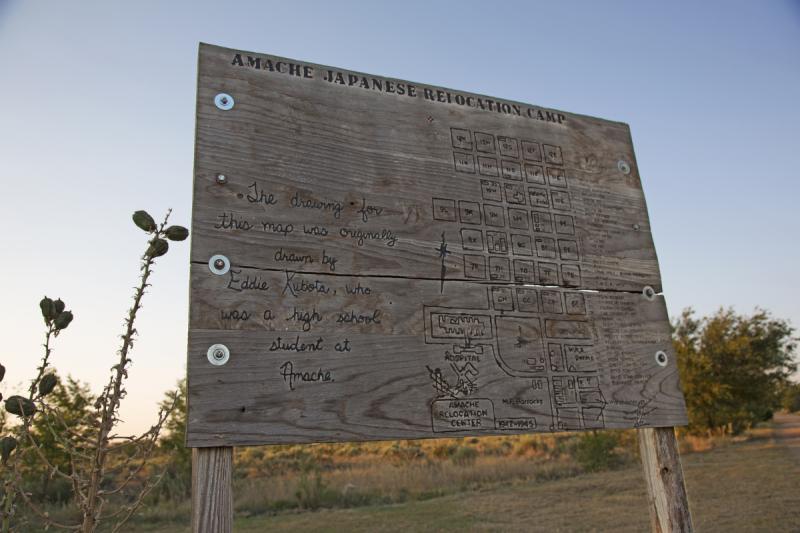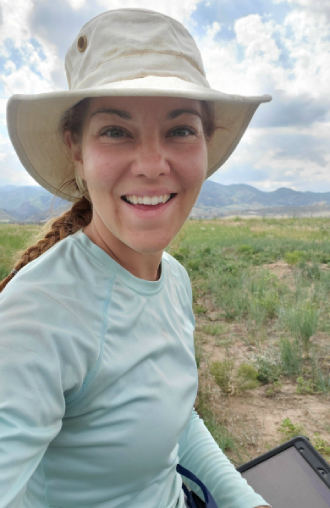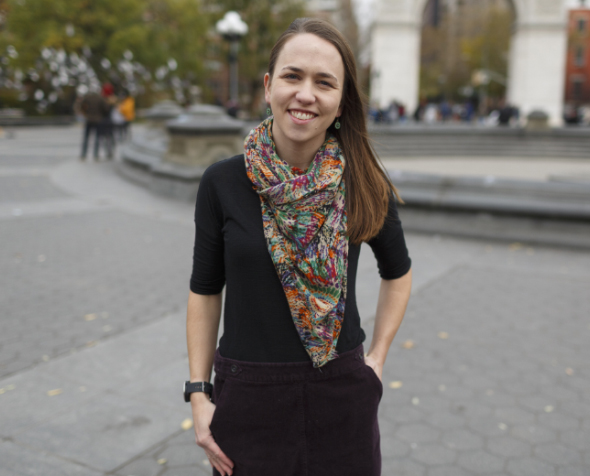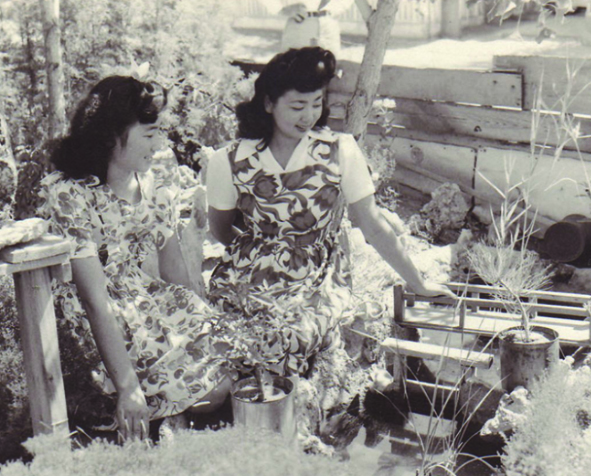DU Alumna Connects Community to History Through Public Archaeology

Photo from DU's Amache Internment Camp Project.
Did you know that parts of Red Rocks Amphitheatre are 300 million years old or that the clock tower downtown was modeled after the Campanile of St. Mark’s in Venice? That knowledge is just a few clicks away thanks to a new collaborative project with which University of Denver alumna Jasmine Saxon (MA ’18) is involved. Her studies in the Department of Anthropology led her to partner with FactorEarth to create 360-degree virtual tours of historically significant places in Colorado.
After working with Metcalf Archeologist Consultants, helping ensure that new land projects preserve historical sites and positively impact the surrounding communities, Saxon moved on to co-found Community Connections. Her company works to connect communities to their histories through public archeology.
“Public archeology is taking archeology back to the community and getting them involved in their own history without others dictating what that history should look like,” Saxon says.
As a master’s student at DU, Saxon flourished in the small but dedicated classes, recalling how Geoarchaeology with Larry Conyers and Historical Archeology with Bonnie Clark helped her understand the connection that humans have to the landscapes. She especially appreciated hands-on opportunities such as working with the Amache Internment Camp Project headed by Bonnie Clark.
“I saw archeology as a way to be more involved with history instead of just sitting behind a desk writing about history. I wanted to know more about what was actually happening on the surface of the ground or beneath it,” Saxon says.
This desire culminated in her thesis, where Saxon traveled with one of her classmates to Connecticut to investigate one of the oldest European homesteads in the area. They worked with Connecticut’s state archeologist at the time, Brian Jones, and were among the first to excavate the cellars beneath the Hollister homestead. They found remnants of Native American pottery and other artifacts, evidence that, despite official historical records, significant cultural exchange happened between the early European settlers and Indigenous populations.
Saxon was also involved with the Department of Anthropology’s community archelogy project, which is still ongoing today. Each year, students research the historical neighborhood near Sturm Hall and conduct oral interviews with former residents. Saxon interviewed a former resident and says the experience opened her eyes to how storytelling connects communities and brings joy to those who have history in the area.
Her company, Community Connections, continues to build on the research she did as a graduate student. She wants Community Connections to engage the community with the history of the land where they live. Creating virtual tools like the walking tours, as well as other resources like public archaeology courses and webinars, has helped to connect storytelling back to communities and businesses, enriching the community as a whole.
Saxon recognizes that her experiences at DU, though challenging at times, have given her a strong foundation for carving her own path in archaeology.
“Even though there have been some painful moments in the program, like when writing my thesis,” she says, “those experiences gave me the skillset to be successful as an archeologist and the confidence to step out into my own."






